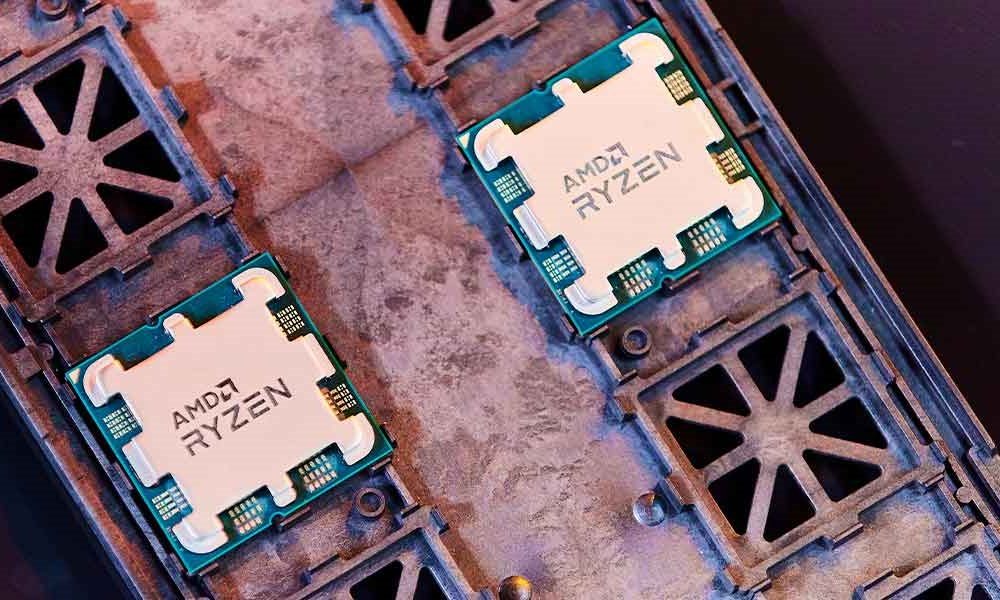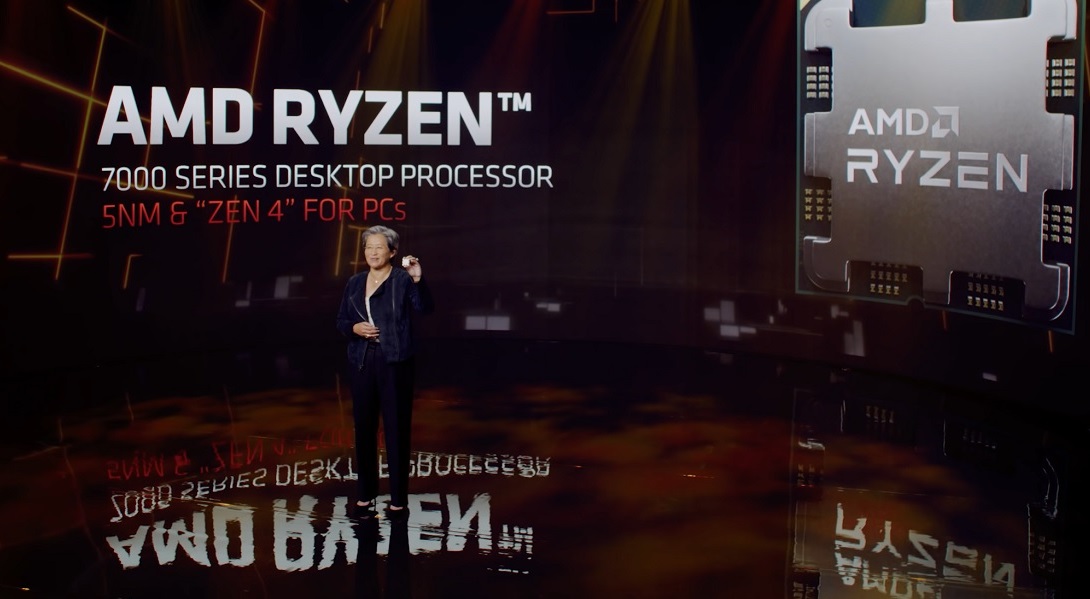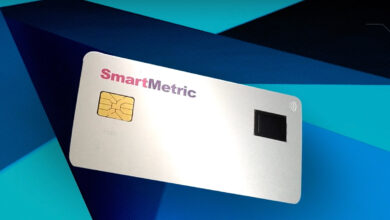
AMD continues to work on the Ryzen 7000, a new generation of processors that, if all goes according to plan, will hit the market in the middle of the third quarter of this yearwhich would take us to the month of August, approximately, although there is always the possibility of small delays.
The Ryzen 7000 will use the Zen 4 architecture and they will keep the modular design, which means that the base of these processors will be, once again, the chiplet. Each chiplet will have a total of 8 cores, and thanks to SMT technology you can move a total of 16 threads. We expect profound changes that will improve the IPC and increase the working frequencies above 5 GHz, a milestone in modular CPU designs.
Those chiplets will be made at the 5nm node from TSMC, and the I/O chip will be manufactured on the 6nm node. There will also be a change of platform, and that is, as our regular readers will remember, with the Ryzen 7000 there will also be the launch of the new AM5 platform, which will be accompanied by the X600 series chipsets, successors of the current X500 series.
The Ryzen 7000 will also have an intergenerational renewal with 3D cache
It is one of the most recent information that we have had the opportunity to see, and that seems to confirm that the Ryzen 7 5800X3D has not been a one-off move by AMD. This chip became the first general consumer processor to have 3D stacked cachea change that resulted in improved performance in games, although the results vary depending on each title.
Well, AMD plans to repeat the strategy with the Ryzen 7000, since it will launch models within that generation also equipped with 3D stacked cache memory. At the moment we have no information on which chips will hit the market with this type of cache, but we can almost assume that one of them will be the Ryzen 7 7800X3Dsuccessor to the current Ryzen 7 5800X3D.
The launch of the Ryzen 7000 with cache stacked in 3D won’t take place until sometime in 2023, which means that this new generation of processors could be conceived as a kind of intergenerational renewal. When it comes to the performance boost they could offer, you can expect something similar to what happened with the Ryzen 7 5800X3D, that is, a performance boost focused mainly on applications that depend on the full L3 cache, such as games.
With the current generation, AMD chose to only release the Ryzen 7 5800X3D because it wanted avoid supply and availability problemssomething that would have been incurred if it had decided to launch more versions of the Ryzen 5000 series. This should not be repeated with the Ryzen 7000, although we may end up with only two or three versions equipped with stacked L3 cache in 3D, like the Ryzen 5 7600X3D and Ryzen 7 7800X3D, for example.




